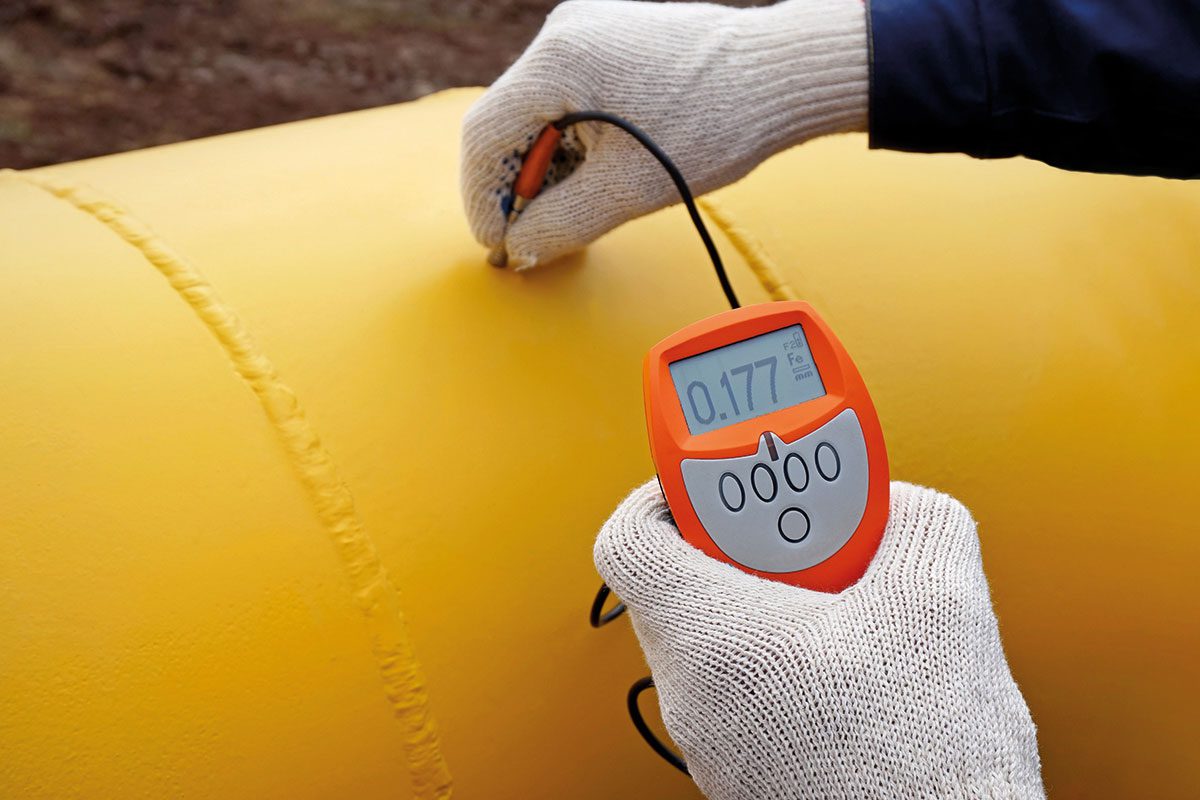This article is Part 1 of a series titled “Understanding installation problems with Ultrasonic Clamp On Flowmeters”
With the recent high growth in the ultrasonic clamp flow metering market, many users are turning to the clamp on meter for a quick and easy solution for often difficult to measure, fluid applications.
Having seen over 30 different models of clamp on meters pass through the calibration laboratory, Young Calibration was enlisted to undertake a simple correlation study, looking at the potential issues when using these meters to undertake simple flow measurements. Initial findings are limited to looking at the user to user variance of installation and setup when installed to the manufacturer procedure. The study was conducted using two transit time type meters on a 100 mm pipe under steady state flow conditions; the meters were (1) a low-cost model and (2) a high-performance dual channel meter.
The findings highlighted a large sensitivity to user installation on the low-cost model, with a flow rate error variance of 5 to 32% whilst the high-performance dual channel meter recorded error variance of -0.5 to 3%. In the first of our application notes for ultrasonic clamp on meters it is astoundingly clear that manufacturer meter quality plays a significant part in attaining accurate flow measurement results. In later parts we will be discussing installation effects in more detail, with traverse type setup, coupling pastes, pipe sizes, particulate/bubbles, pipe condition and how meter diagnostics can help you. For more information on flowmeter benchmarking or flow meter calibration, contact Young Calibration: ay@yougcalibration.co.uk








